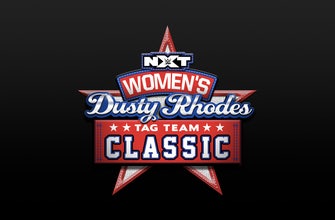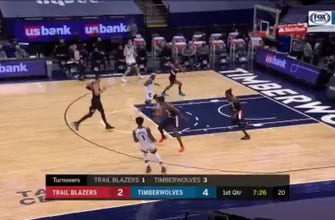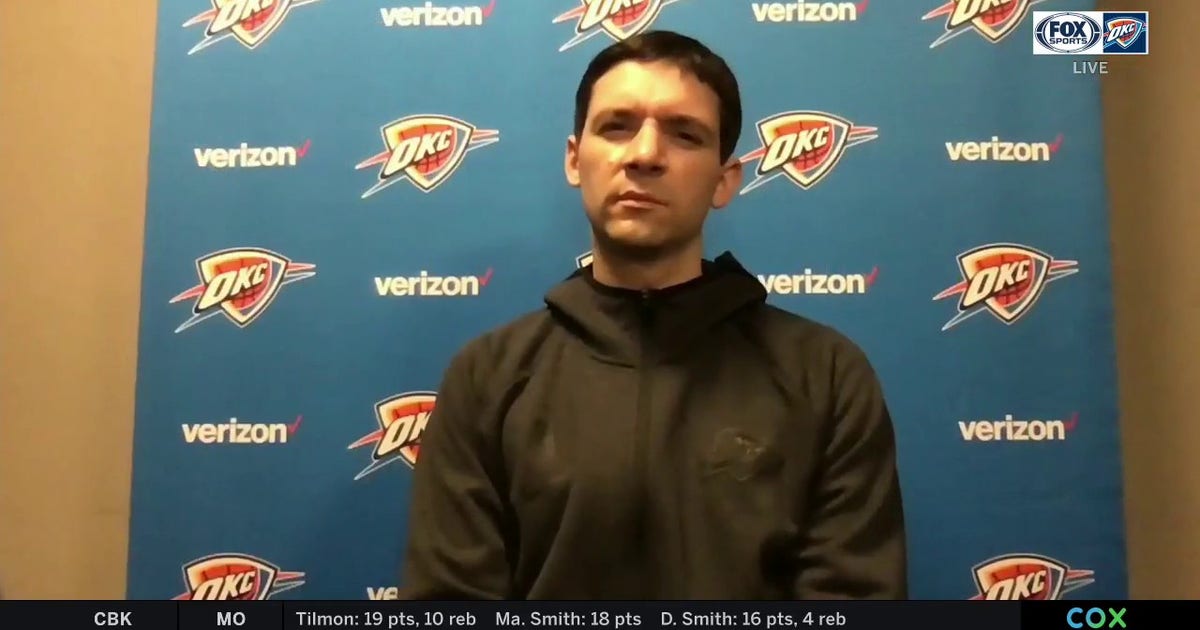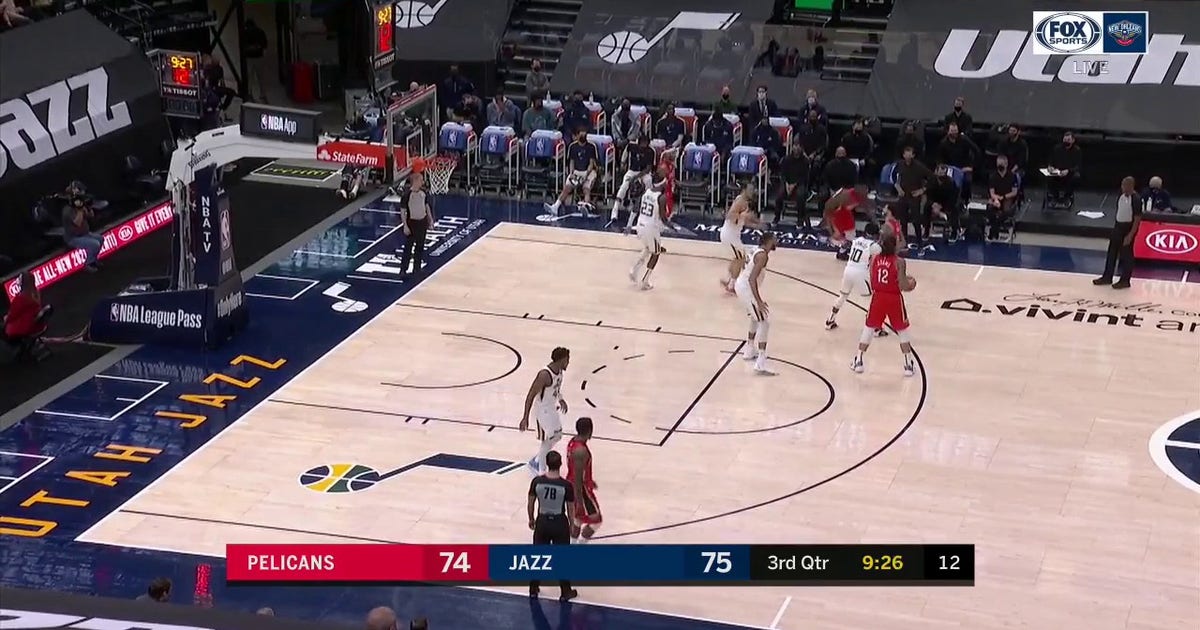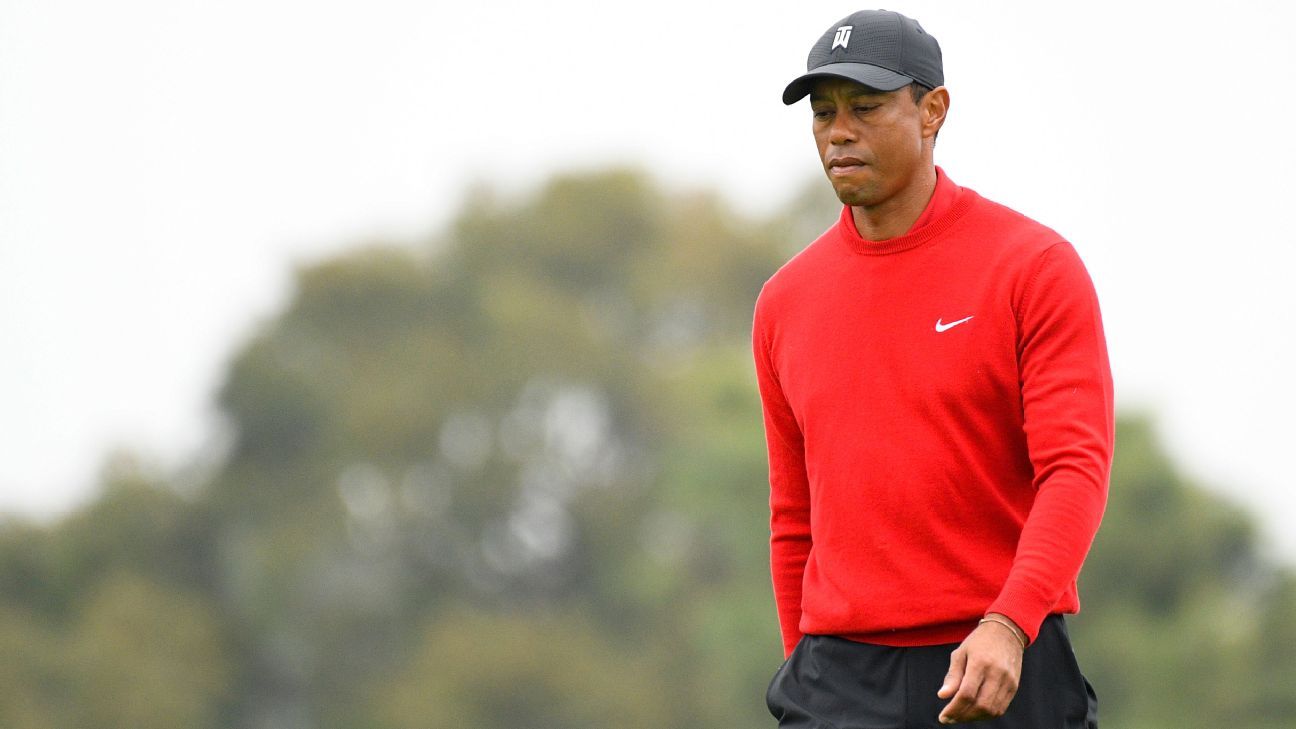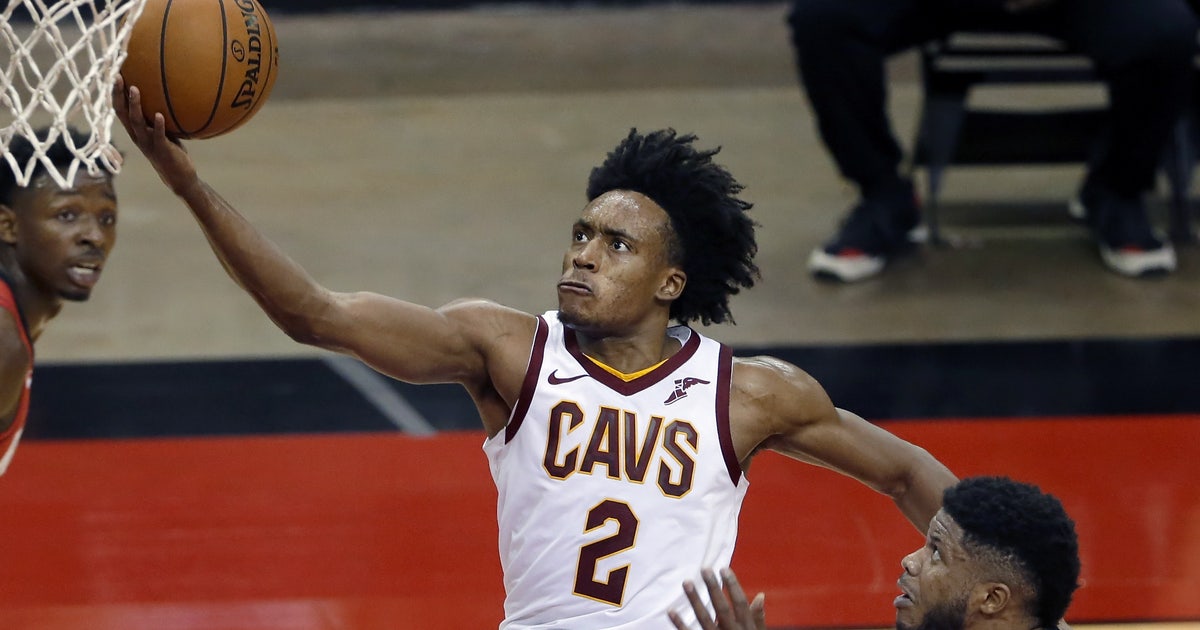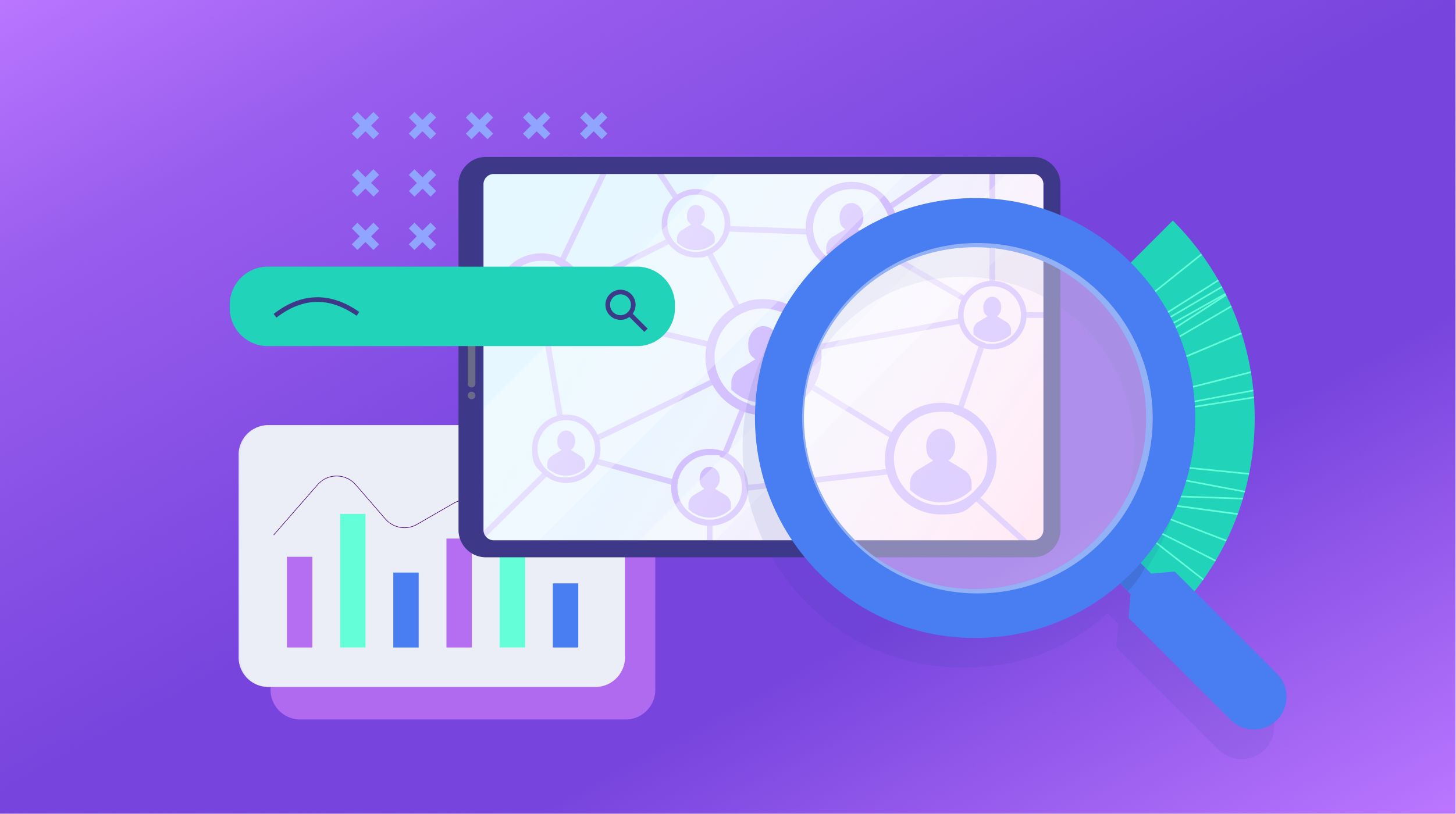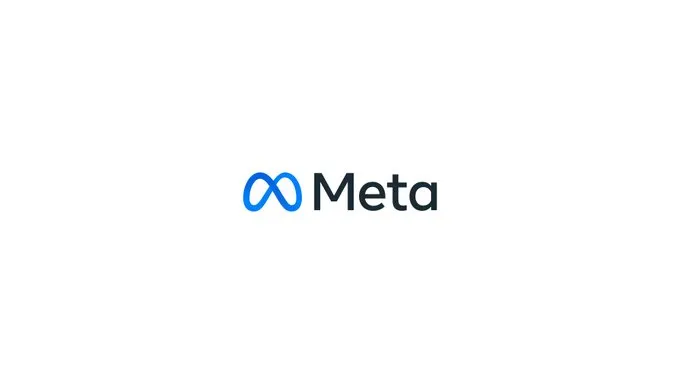Grading the trade, what's next for both teams and more
New York made its first big move of the Steve Cohen era. Here's who won the deal, and what comes next.

2:45 PM ET

MLB InsidersESPN
The New York Mets made their first bold offseason splash since owner Steve Cohen took control of the team in November, acquiring star shortstop Francisco Lindor and veteran starting pitcher Carlos Carrasco from the Cleveland Indians for young infielders Andres Gimenez and Amed Rosario along with two prospects.
Who won the deal? How do the Mets stack up with the rest of the National League's best after adding Lindor? And where does Cleveland go from here? ESPN MLB experts Alden Gonzalez, Kiley McDaniel and Jesse Rogers answer those questions and more.
Grade this deal for the Mets
Rogers: A. You have to ask? It's a home run, in large part because there's an immediate assumption Lindor will sign a long-term contract in New York before he is scheduled to hit free agency after next season. That's why sending back a couple of middle infielders to Cleveland was an easy decision for the Mets. They're no longer needed. And don't discount the inclusion of Carlos Carrasco in the deal. He fits right into a contending rotation.
If Lindor doesn't stick around, the deal gets downgraded to a C-plus, but overall this gives the Mets a face to their franchise and makes them a true contender in 2021.
McDaniel: A. I'll join the chorus of obvious takes here. The Mets were in an enviable position, one of few teams in the league that have lots of money to spend to upgrade a roster when lots of teams aren't really trying to do either thing. They turned five years of control of a solid young shortstop in Gimenez into (pending a likely extension) something like 10 years of Lindor, who will likely be better than Gimenez for most if not all of those seasons, for something like an increased cost of $20-to-$30-million a year. It's a slam dunk for a team in the Mets' position, and the cost was to be forced to take a basically-market-value deal for Carrasco, when they were already looking at veteran starting pitchers on the free-agent market; Rosario, who needed to go to a second-division type team to get playing time to see if he'd reach his potential; and two prospects recently chosen 53rd and 69th overall. That's basically a rounding error for a contending, big-market club to get a new face of the franchise for the foreseeable future.
Gonzalez: It's an A. They got Francisco Freakin' Lindor! He's the perfect face for the Mets' sudden emergence, the ideal personality for a market like New York, and a star who could make every bit as much of an impact as the one Mookie Betts made for the Los Angeles Dodgers. Assuming Lindor signs an extension before qualifying for free agency next offseason -- and one thinks something will eventually get done -- it's the right deal at the right time for a maligned franchise that is so clearly entering into an exhilarating phase. Lindor remains the game's best shortstop in many people's eyes, even with Fernando Tatis Jr. emerging so quickly. He's so good that the details around his transaction are almost irrelevant (and, for what it's worth, people in the industry seem to believe the Mets got at least a fair deal).
Grade this deal for the Indians
Rogers: B-minus. It's only a good one under the context that they were forced to shed payroll and still got something back. The entire league -- every single opposing executive -- knew the Indians were going to trade Lindor, so what kind of leverage did that give them? Not much. But at least they didn't let him walk for nothing or take 50 cents on the dollar come the July 31 trade deadline. The haul was a decent one for a free agent-to-be -- but this was all about shedding payroll. Not a good look.
McDaniel: B. I've been critical of Cleveland in the past for playing it too safe with a quantity-over-quality approach in player acquisition, as a way to minimize risk. They did that to a degree here, taking Rosario and two prospects who are still years from the big leagues and not among the top 150-to-200 in baseball, rather than trying to get a stronger second piece and let this be a two-for-one deal. That said, the market for high salary players is more limited now than it's been anytime recently, even for elite talents like Lindor, and (see next question) they got pretty close to the full value the Red Sox got for Betts in a much better market. The optics of trading your franchise player are obviously terrible, but granting that ownership was forcing Lindor to leave at some point in the next year, the baseball ops group got about as good of a return as they could get, even if I would've constructed the value in the deal a little differently.
Gonzalez: It's an F. They gave up Francisco Freakin' Lindor! I hate to oversimplify this, but if you want a snapshot for how inevitable this all was, look no further than Cleveland's social media accounts, which had a goodbye video ready almost immediately after the Lindor trade was announced. It was touching, but also sad. Lindor continually expressed a desire to stay in Cleveland, but also an understanding that the team wouldn't be able to keep him. That's a problem. Teams should be able to at least afford their homegrown stars, especially ones who resonated as strongly as Lindor. I'm sure Cleveland got some nice prospects back, and I'm sure, given how well the organization develops pitching, that they'll find a way to be competitive again reasonably soon. But look at the 2018 team that won a third consecutive division title. Of the 10 players who led Cleveland in Baseball Reference WAR, only one (Jose Ramirez) remains. The 2021 payroll now projects at around $35 million.
How does Cleveland's return in this deal compare to what the Red Sox got for Mookie Betts last winter?
McDaniel: Gimenez and Alex Verdugo (the outfielder Boston got back as the main piece in the Mookie Betts deal) are comparable as headliners, with one year of solid MLB performance and prospect pedigree, along with some defensive value to give some margin for error on the bat. Jeter Downs was a solid Top 100 prospect as a second piece in the Betts deal, while Connor Wong was a decent toss-in. Wolf (plus stuff, limited track record, smallish frame that leads to relief risk) and Greene (also short track record, but potential for center field fit and plus hit tool) are both between Downs and Wong as prospects, while Rosario is a solid upside big leaguer, but is also in arbitration, so a down season could make him into a non-tender candidate or at least a player with minimal value. The Carrasco/Price combination of solid veteran starter and salary dump are also comparable, but Carrasco had more trade value. All this to say: the headliners were about the same, Betts' return got a better second piece, Lindor's deal had better depth and a little more value in the veteran starter. It's about a coin flip, but I'd slightly lean to the Betts' return if I had to pick one. It's still a nice return for Cleveland, given where the market for higher salary players has gone in the past year.
Gonzalez: I posed this question to a few scouts and executives and there weren't any real strong opinions because the two deals seemed so comparable. One scout liked the Indians' deal better by volume, while another said the upside of what the Mets gave up for Lindor was higher than what the Dodgers gave up for Betts. One executive felt like Verdugo, the major chip in the Dodgers' ability to lure Betts, was the best major leaguer among all of them, while another wasn't all that high on Verdugo to begin with. If there was one consensus, it was that the Mets did well simply because the prospect capital justified the talent of Lindor and the production of Carrasco, who is reasonably owed $24 million over the next two seasons.
1:26
Pedro Gomez explores the immense value Francisco Lindor brings to the Mets, similar to Mookie Betts' contributions to the Dodgers.
Where does this currently place the Mets in the NL East and the NL as a whole?
Rogers: The combination of getting a franchise shortstop and playoff experienced pitcher can't be overstated. These aren't unproven commodities or players past their prime. The additions vault them into Braves territory, setting up a top of the NL East with a couple of star-laden teams.
McDaniel: I think the Mets have just become the slight favorites in the NL East and are probably one more significant move away from joining the Dodgers and Padres as co-favorites in the NL. The Braves probably have one more big move left this winter, and the Dodgers still have a third-base hole to fill, so the concrete hasn't dried, yet.
Gonzalez: The Mets are a World Series contender, plain and simple, right up there with the Dodgers, Braves and Padres in the National League. Carrasco joins a rotation that includes Jacob deGrom and Marcus Stroman, with Noah Syndergaard expected to join them around midsummer. Lindor joins an offense that includes Pete Alonso, Jeff McNeil, Michael Conforto and the newly acquired James McCann. They're at a point now when they only really need to make improvements on the margins -- and yet, the expectation is that they'll go after George Springer. They're being aggressive at a time when most franchises are being conservative, which should undoubtedly vault them among the sport's elite.
What should the Mets do next this offseason?
Rogers: The Mets are inching closer to filling all their holes, but the middle of their bullpen still needs work. The way owner Steve Cohen is willing to spend money, it shouldn't be hard to grab a couple of guys who have produced over a period of time. Archie Bradley and Brandon Kintzler are two righties who would fit, but they really need a lefty. Re-signing Justin Wilson wouldn't be a bad move, or perhaps they go one step up the ladder and reach out to Brad Hand. That would give them a lefty/righty combination at the end of games as good as any team in the league, assuming Edwin Diaz is fully back to form. If he isn't, Hand can take over. Oh, and signing George Springer would work as well.
McDaniel: There isn't really a hole in the lineup now, though Dominic Smith playing left field isn't ideal defensively. If the NL has a DH this year, shifting Alonso or Smith there, with the other at first base, and Cano on the shelf for the year, opens a spot for a George Springer type if Cohen still wants to make another splash. Until DH certainty is here, I don't see a reason to make another move for the offense, with Guillermo Heredia as a late-inning defensive replacement for Smith if needed. A veteran on a one-year deal as an upgrade from Tomas Nido for backup catcher would make some sense.
The bullpen looks pretty solid (fifth in baseball, per FanGraphs depth charts), and the rotation is already strong with Jacob deGrom, Marcus Stroman, Carlos Carrasco, and what would appear to be about half a season of Noah Syndergaard once he returns from Tommy John surgery. The rotation-depth pieces (David Peterson, Steven Matz and Seth Lugo), along with the uncertainty of Syndergaard, means there's probably room for one more starter if the Mets want to join the Padres and Dodgers in the deep end of the pool. It's hard to ignore Trevor Bauer just sitting there at the top of the pitching market, if Cohen still wants to make a big splash.
Gonzalez: Sign Francisco Lindor, of course. I'm sure he'd love to be there given where this franchise is seemingly headed, and I'm sure, given what they gave up to acquire him, that the new ownership group is immediately willing to pay top dollar to keep him around. The template has basically already been set by Betts, who, like Lindor, was approaching his age-27 season when he was dealt to the Dodgers with a year remaining on his contract and signed a 12-year, $365 million extension. Betts had accumulated 35.4 FanGraphs WAR in the five seasons before his extension. Lindor accumulated 24.9 over these last five years, but the last of those was a shortened season. If Lindor doesn't sign now, he'll venture into a free-agent market that includes fellow shortstops Carlos Correa, Corey Seager, Javier Baez and Trevor Story. That should be reason enough to take a fair deal.
What should Cleveland do next after trading away Lindor?
McDaniel: The Cleveland payroll now looks like the Rays', run down to the minimum for most of the roster, some low-seven-digit arbitration figures, then one salary above $7 million: Jose Ramirez at $9.4 million. We've seen very light spending, particularly in the Central divisions, and Cleveland has always been run very conservatively financially, while Lindor rumors have been swirling for at least a year. So this isn't exactly surprising, but it is striking to see their payroll at least $40 million below what it was just before the pandemic.
Like Tampa Bay, I don't think this takes Cleveland out of contention to where this now becomes a rebuilding club. As it stands, Cleveland is right in the middle of the league on talent, has a great track record of developing pitching. and has to have at least a little bit of money to spend, all in a depressed free-agent market. The outfield continues to be a bugaboo for them, but Lindor's roughly $20 million projected arbitration award being off the books could get CF Jackie Bradley Jr. and LF Eddie Rosario in free agency. They take a clear downgrade from Lindor to Gimenez at shortstop and Carrasco to the next man up in the rotation (Cal Quantrill or Logan Allen?), but Rosario upgrades second base, and over $30 million in payroll space (Lindor's deal combined with Carrasco's contract), if spent well this winter, could get Cleveland within a few wins of where their 2021 roster was before this deal.
Rogers: It's interesting, Cleveland doesn't have to go into a full-on rebuild from here as they've already reduced their payroll plenty. Between this trade and moving Mike Clevinger, they acquired a bunch of prospects and payroll flexibility, plus they still have some elite core players in Jose Ramirez and Shane Bieber. They CAN retool quickly by flipping some prospects or just letting them get experience within their organization. So the quick teardown should be over but huge offensive holes remain. Addressing those needs -- even if it takes some time -- should be next on Cleveland's agenda.
How should Cleveland fans feel about the direction of their franchise?
Rogers: It's never, ever a good thing to have to move franchise players in their prime. At least the Indians had multiple playoff appearances, including a World Series appearance, with Lindor and Carrasco. Fans who can't accept when their teams have to dump money won't be happy but for those who realize this is the reality of the Indians right now, Cleveland at least maxed out on several free agents-to-be. Bottom line, fans shouldn't feel great today, but there is more hope than held by a usual bottom-feeding, five-year rebuilding franchise.
McDaniel: If you assume they couldn't resign Lindor after this year, you could also see how this makes them better going forward. Now, Cleveland could afford Lindor if they really wanted to -- his 2022 salary will be well lower than every team's payroll -- but this is how Cleveland runs its franchise, so nine-figure deals just don't seem to be in the cards, right or wrong.
I'm sure Cleveland fans are bummed, and they should be, and they have grounds to be furious if ownership doesn't add payroll from here for the 2021 season, but this is the kind of deal that teams like Cleveland and Tampa Bay make semi-regularly in a circle-of-life sort of way to stay in contention, or close to it, almost every year. Short of changing the economic structure of the league to be more like the NFL, this is what bottom-10 payroll teams will do in MLB. As I said at the time of the Blake Snell trade, basically no sports league (without a salary cap) can avoid this sort of trade (star in their prime near the end of their deal with a below average-payroll club, set to test the open market) from happening, so the hope is it happens with clubs that can execute the transactions effectively, which Tampa Bay and Cleveland generally do.
Gonzalez: Numb? This, unfortunately, was to be expected. Expected because the Lindor rumors have been swirling for far too long. Expected because pieces of their dominant team were slowly being stripped away, from Trevor Bauer to Corey Kluber to Michael Brantley to Andrew Miller to Mike Clevinger. Cleveland was seemingly in such financial straits after the pandemic-shortened season that it placed Brad Hand on waivers as a last-ditch effort to save on his $1 million buyout.
Their fans can take solace in knowing that the front office has a distinguished track record for maximizing value and developing talent. But what about all those afternoons when fans will turn on the TV or -- eventually -- go to the ballpark and not see Francisco Lindor. Not marvel at his illustrious talent, not get swept away by his infectious energy, not be able to identify him as "our guy." Think about all the joy Lindor created for baseball fans in Cleveland on a nearly everyday basis from the middle of February until as late as the end of October. All that is lost now. And it's worth so much more than whatever becomes of this five years later.

 ValVades
ValVades 







